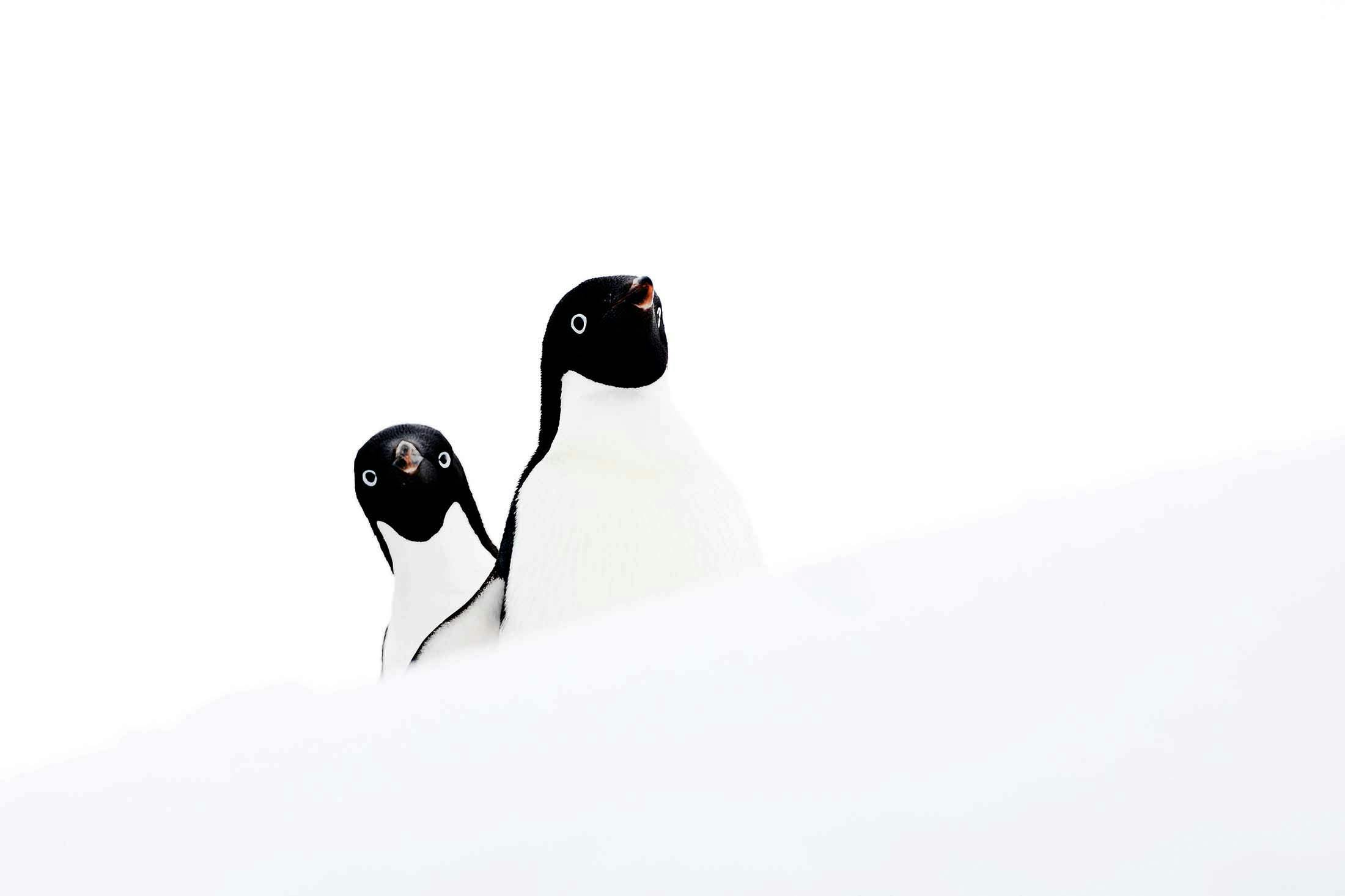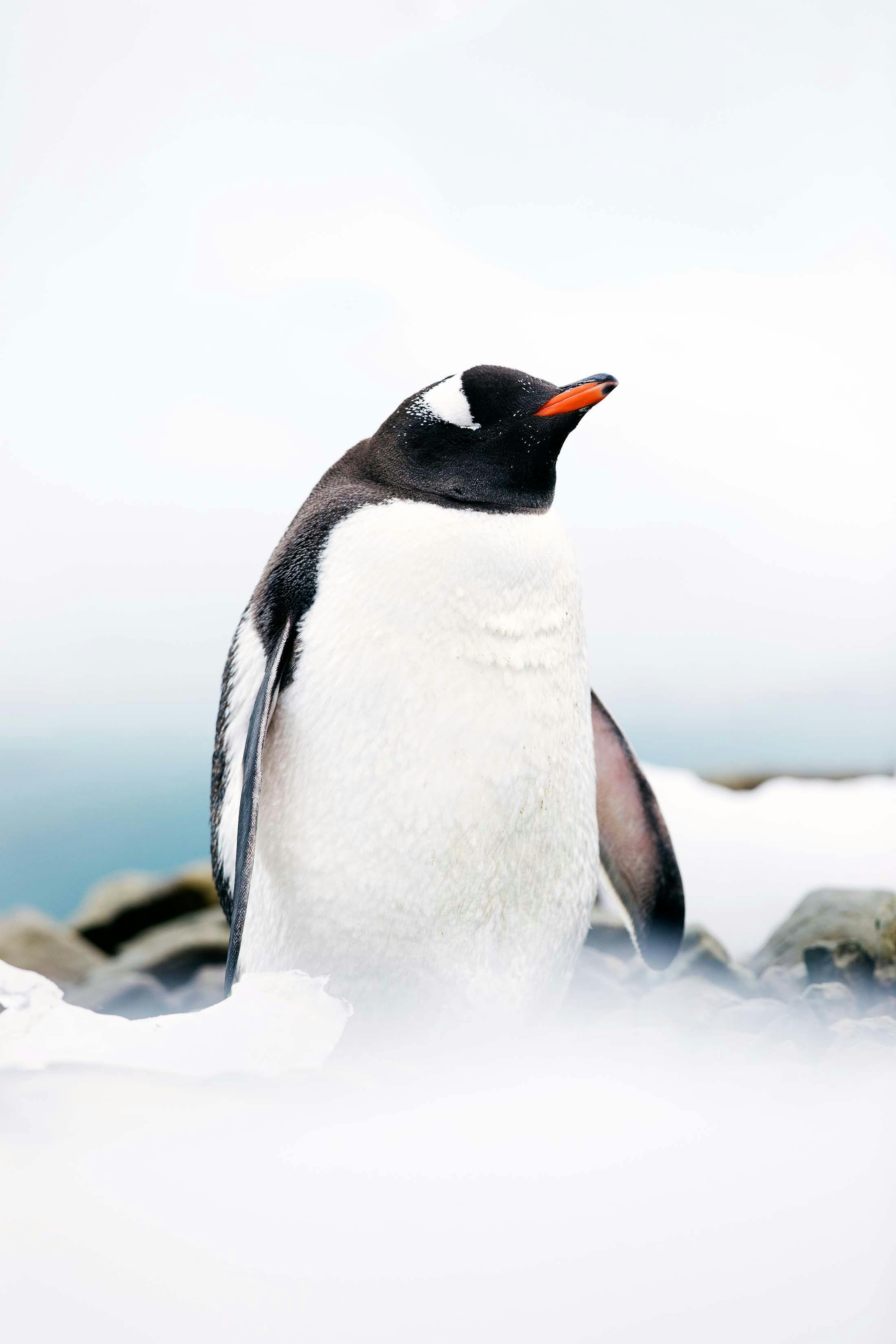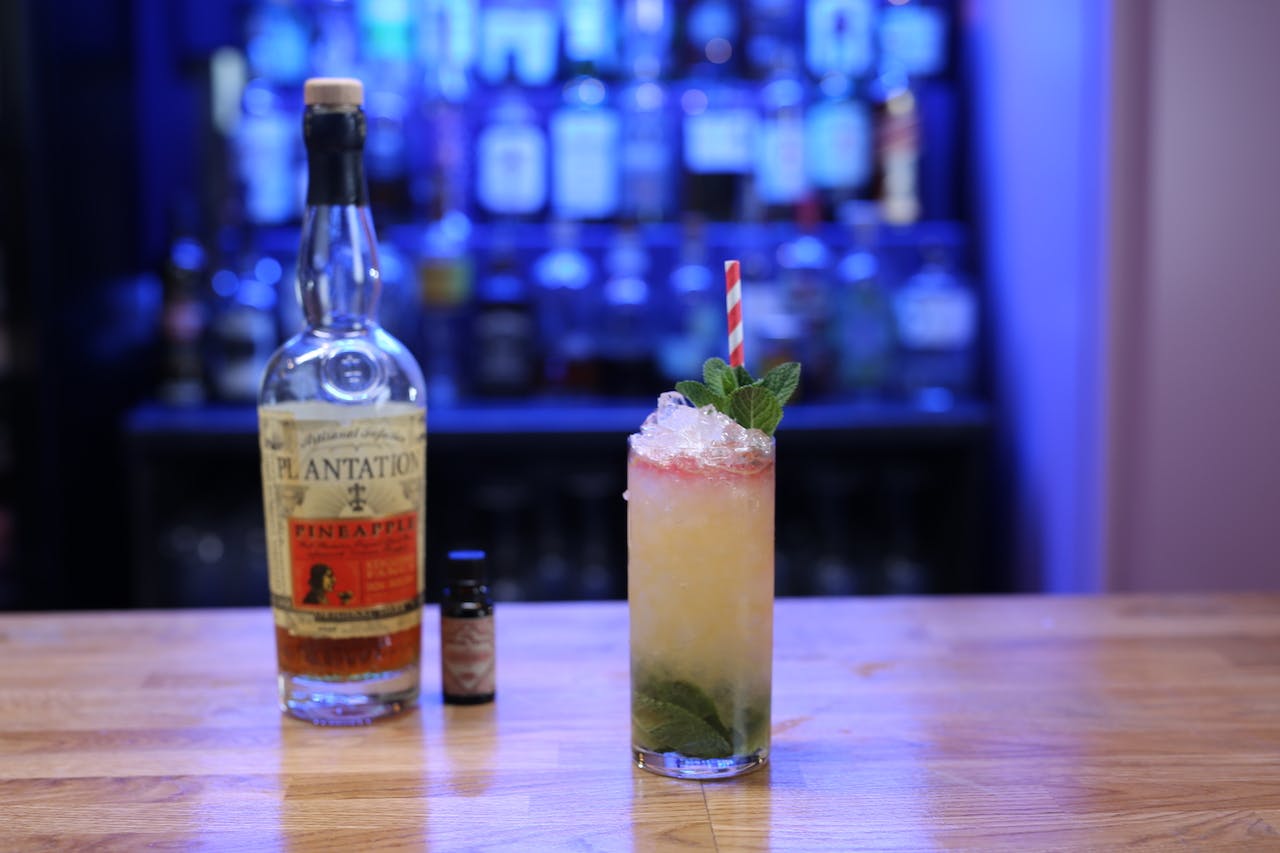Brush-Tailed Penguins: Antarctica’s Tuxedo-Toned Ambassadors
Upon landing in the strikingly beautiful Aitcho Islands while en route to the Antarctic Peninsula, my first introduction to the region was a memorable one. With their paddle-like flippers outstretched, a group of inquisitive penguins came waddling down a hill in our direction. They were clearly curious to learn more about us humans: strange yet welcome visitors to their frozen land. While we — ever respectful, of course — maintained a safe distance, nothing stopped Antarctica’s ambassadors from approaching us to flap a fin and welcome us to the seventh continent. What you may not know is that only certain types of penguins in Antarctica are this social.
Specifically, these were Gentoo Penguins, one of three different species that fall under the genus Pygoscelis. These so-called brush-tailed penguins, named for their long tails, are those you’re most likely to see on the Antarctic Peninsula and on the sub-Antarctic islands. Gentoos, in particular, epitomize the typical image of a penguin with a black head and back; a small marking of white over their eyes, like poorly trimmed eyebrows; and a reddish-orange streak that traces their beaks like lipstick. A member of Silversea’s expedition team tells me that “Gentoos seem … comical, a bit daft and a little bit vague.” They’re an absolute highlight of many penguin watching expeditions.
In contrast, Chinstrap Penguins, another species of the brush-tailed variety, exhibit a demeanor that’s more professional, business-like, aloof or even vain/ “They look like they just don’t give a damn,” the Silversea expert says. These penguins also stand out with a black line of feathers that traces their chins and looks like a strap holding a black helmet in place.

Then there are the Adélies, who are easily identifiable as the shortest of the bunch with an average height of 23 inches (58 centimeters), compared to their Chinstrap and Gentoo cousins, who average 28 inches (72 centimeters) and 35 inches (90 centimeters), respectively. The thick white outline around the eyes on a coal-black face give them a cartoon-like appearance. “Adélies look frantic, fanatic and hilarious,” she says. “They’re the hyperactive Jack Russell terriers of the sea.” While they have distinct characteristics, these three brush-tailed penguins have much in common.
When you next visit penguins in Antarctica, you’ll now be better able to identify them.
Iconic Dress: Black and White Camouflage
Against the island’s rocky terrain, the penguins stood out thanks to their tuxedo-toned coloration. Their characteristic waddle and their formal attire made me feel as though Mother Nature had thrown a winter ball and I was a special guest. while it might seem counter-intuitive in this land of ice and snow, the penguins’ black coloration actually protects these flightless birds. Because the penguins’ natural predators can strike from above or below.
Penguins are counter-shaded. Their black back allows them to blend into the deeper waters, so predators flying above can’t see them. Conversely, their white stomachs prevent predators from below, like leopard seals or orcas, from spotting them against the lighter color of the sky above. This evolutionary trait has played a vital role in protecting penguins from larger predators and keeping them safe while fishing and playing in the water.

Cold-Weather Attire
But the brush-tail penguins’ feathery overcoat doesn’t just guard against predators—it also protects them from the elements. Since brush-tailed penguins spend their whole life in Antarctica, they must endure bitter cold conditions all year round, especially in the winter when temperatures plummet to well below zero Celsius —tough to envisage considering the mild temperatures I enjoyed while on an expedition to this icy wonderland.
How do penguins survive in Antarctica? The answer lies in their feathering. A layer of warming blubber, covered in over 20 different types of feathers, protects their bodies from freezing waters and frigid winds. Each kind of feather plays a specific role: “Some are longer and bend to form a waterproof and windproof outer layer. Underneath, there are short downy feathers for trapping air,” explains Malcolm Turner, another of Silversea’s Expedition Experts with a specialism in Marine Biology. “There are even specialized tiny feathers at the base of larger feathers to send messages about the positions of the large feathers.” It’s one of the more remarkable of the penguin’s adaptations to Antarctica.

Safety in Numbers
They say birds of a feather flock together, and that’s undoubtedly true for penguins. It’s rare, but not impossible to spot a lone penguin, in which case you’ll want to have your photography gear ready. But in Antarctica, penguin colonies are much more ubiquitous. Social in nature, brush-tailed penguins form colonies during the austral summer along the continent’s peninsula and in other areas with no ice.
During my expedition, I spotted many Gentoo rookeries, as Gentoos await visitors at almost all of the peninsula’s popular landing sites. Conversely, frenzied Adélies populated fewer locales, but their colonies tended to be larger. Meanwhile, the haughty Chinstrap Penguins prefer to get a bird’s eye view from hilltops, as if they’re watching over their precious land.
If you, too, visit Antarctica in the early summer months of November and December, you’ll notice breeding season has begun, nests are starting to form and chicks could even start hatching. You might also see little mounds of pebbles dotted around these rookeries. These are actually penguins’ nests, instrumental in keeping eggs and chicks dry and off the cold, frozen ground.

Pebbles are suddenly in demand when so many penguins begin scrambling to build their nests in time for hatching. Many nesters resort to stealing pebbles from their neighbors when needs must. Turner offers advice for these desperate penguins: “The best technique is to sidle up to a likely target nest in a nonchalant way, gazing in the other direction so the owner is not suspicious,” he says. “Then, when the owner is looking the other way, quickly duck in, grab a pebble with your beak, and get out of there quickly!”
Forming rookeries is one strategy that penguins employ to stay safe and protect their young from predators. Once chicks are old enough to be left on their own, at least for a short time period while parents gather food, penguin parents encourage their young to huddle close together, forming what is known as a crèche. In my experience, there’s nothing more adorable than a gathering of penguin chicks with their coats of fluffy gray feathers.




















